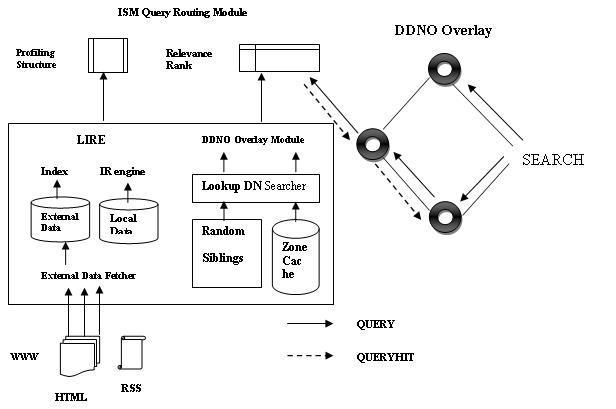Introduction to An Object-Oriented Graphics Engine CSE Latest Project:
An Object-Oriented Graphics Engine CSE Project is about the graphic engine which is object-oriented. Most of the users focus on the quality output and also the performance in the implementation of the graphics engine system. In this paper we have implemented object-oriented graphics system. And also the architecture of the system along with the modules is also presented. It has experimentally proved that this system provides high stability and also speed.
The paper provides the implementation of the graphics engine of 3D i.e. Gingko is given. The experiment which is conducted says that the Gingko is capable of supporting the extendable architecture and also provides the efficiency in the method.
The architecture of the Gingko includes four layers where Encapsulation layer is capable of encapsulating the graphical interfaces. The Core layer is used for implementing the main framework and also the management of the entire system. The other layer Extension provides more functions related to GUI. And the last layer of user interface is capable of providing the common API to all its users.
The main goal of this implementation of the algorithm is for providing the convenient services to all its developers and also in reduction in terms of the cost and also the time. And even the programmers are capable of developing the algorithms by their own with the help of the plug-in system. The performance of the graphics engine depends on the frame rate. In this paper for reducing the cost many experiments were also conducted.
We can conclude that the Gingko is capable of supporting the extendable architecture and also provides the efficiency in the method.

